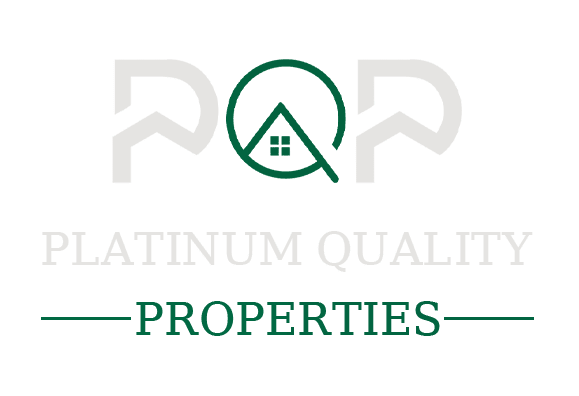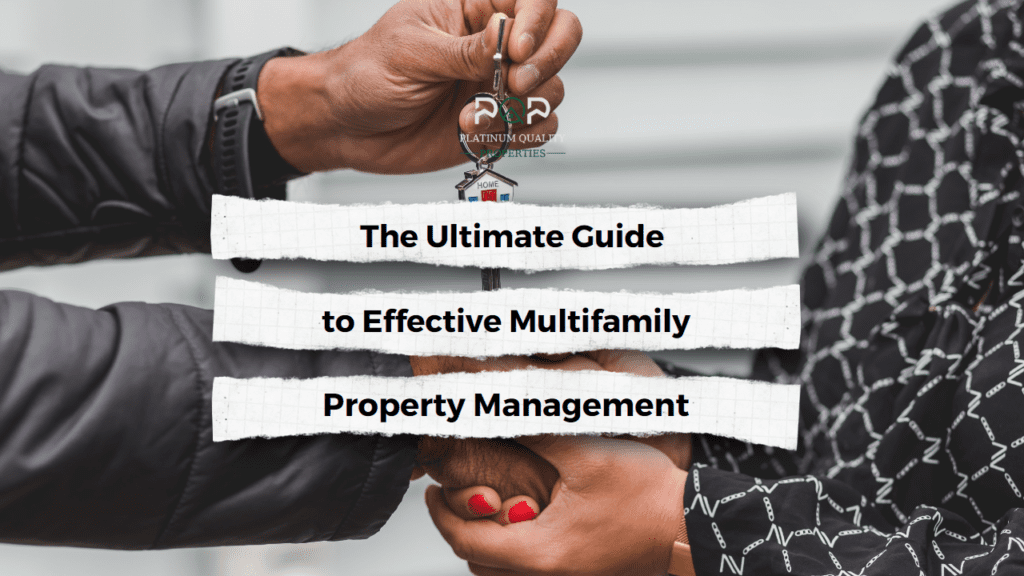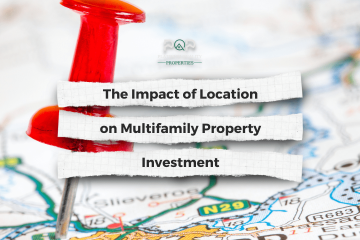This guide provides best practices for managing multifamily properties, from tenant screening to property maintenance and everything in between. It offers advice on creating a clear application process, conducting credit and background checks, writing a clear and concise lease agreement, setting a clear rent due date, enforcing late payment policies, maintaining the property in good condition, building positive tenant relations, and effectively marketing and advertising the property.

Managing multifamily properties is a complex process that requires a great deal of skill, knowledge, and expertise. It is not enough to simply collect rent and perform basic maintenance tasks; property managers and owners must be proactive in their approach to ensure the success and profitability of their properties. In this blog, we will discuss the best practices for managing multifamily properties, from tenant screening to property maintenance and everything in between.
Tenant Screening
One of the most important aspects of managing multifamily properties is tenant screening. A thorough screening process can help property managers and owners find reliable, responsible tenants who will pay their rent on time and take care of the property. A good screening process should include the following steps:
- Application Process: Create a clear and concise application form that includes all the necessary information such as name, contact details, employment, income, and rental history.
- Credit Check: Review the credit history of prospective tenants to determine their financial stability and ability to pay rent on time.
- Background Check: Conduct a background check to look for any criminal records, past evictions, and other negative information.
- References: Check the references provided by the tenant to ensure that they have a good reputation and are reliable.
- Interview: Schedule an interview with the prospective tenant to ask questions about their lifestyle, living habits, and other relevant information.
Lease Agreements
Once a suitable tenant has been found, the next step is to prepare a lease agreement. The lease agreement should clearly outline the rights and responsibilities of both the tenant and the landlord, including rent payment, security deposit, maintenance responsibilities, and lease renewal terms. Some best practices to consider when preparing lease agreements include:
- Use a Standard Lease Agreement: Use a standard lease agreement to ensure that all important information is included and to avoid any misunderstandings.
- Include All Relevant Information: Ensure that the lease agreement includes all relevant information such as rent payment due dates, late fees, and maintenance responsibilities.
- Be Clear and Concise: Write the lease agreement in clear and concise language to avoid any confusion or misunderstandings.
- Ensure Compliance with Local Laws: Ensure that the lease agreement complies with all local laws and regulations.
Rent Collection
Rent collection is an essential part of managing multifamily properties. A consistent and reliable rent collection process can help ensure a steady flow of income and reduce the likelihood of late or missed payments. Some best practices to consider when collecting rent include:
- Set a Clear Rent Due Date: Set a clear rent due date and communicate it clearly to tenants.
- Offer Multiple Payment Methods: Offer multiple payment methods such as online payments, checks, and money orders to accommodate different tenant preferences.
- Enforce Late Payment Policies: Enforce late payment policies to ensure that tenants pay on time and to discourage late payments.
- Consider Rent Increases: Consider rent increases annually or bi-annually, as they help you stay competitive in the market and cover any increased property expenses.
Property Maintenance
Property maintenance is another essential aspect of managing multifamily properties. Maintaining the property in good condition helps attract and retain tenants, minimize repair costs, and increase the overall value of the property. Some best practices to consider when maintaining the property include:
- Regular Inspections: Conduct regular inspections of the property to identify any maintenance issues and address them promptly.
- Plan for Repairs and Maintenance: Create a plan for repairs and maintenance, including a budget, timeline, and schedule for routine maintenance.
- Address Tenant Maintenance Requests Quickly: Respond to tenant maintenance requests promptly to minimize inconvenience and prevent further damage.
- Hire a Professional Property Management Company: Consider hiring a professional property management company with experience in managing multifamily properties to ensure that the property is well-maintained and managed.
Tenant Relations
Building positive and productive relationships with tenants is crucial for the success of a multifamily property. When tenants feel valued and respected, they are more likely to renew their lease and recommend the property to others. Some best practices to consider when managing tenant relations include:
- Communicate Effectively: Communicate regularly and effectively with tenants, including responding to questions and concerns in a timely manner.
- Encourage Feedback: Encourage feedback from tenants to identify areas for improvement and address any issues they may have.
- Respect Tenant Privacy: Respect tenant privacy and only enter their unit with their permission or in emergency situations.
- Create a Sense of Community: Create a sense of community by organizing social events, promoting common areas, and encouraging neighborly behavior.
Marketing and Advertising
Effective marketing and advertising are essential for attracting and retaining tenants in multifamily properties. Some best practices to consider when marketing and advertising include:
- Use Multiple Platforms: Utilize multiple platforms to advertise the property, including online listings, social media, and print media.
- Highlight Property Features: Highlight the unique features and amenities of the property, such as location, security, parking, and community spaces.
- Showcase Photos and Virtual Tours: Showcase high-quality photos and virtual tours of the property to give prospective tenants a sense of what it would be like to live there.
- Respond Promptly to Inquiries: Respond promptly to inquiries and provide accurate and helpful information to prospective tenants.
Managing multifamily properties can be a challenging and complex process, but following best practices can help ensure the success and profitability of the property. By implementing effective tenant screening, lease agreements, rent collection, property maintenance, tenant relations, and marketing and advertising, property managers and owners can attract and retain reliable and responsible tenants, minimize expenses and vacancies, and increase the overall value of the property. With the right approach and strategies, managing multifamily properties can be a rewarding and successful venture.




